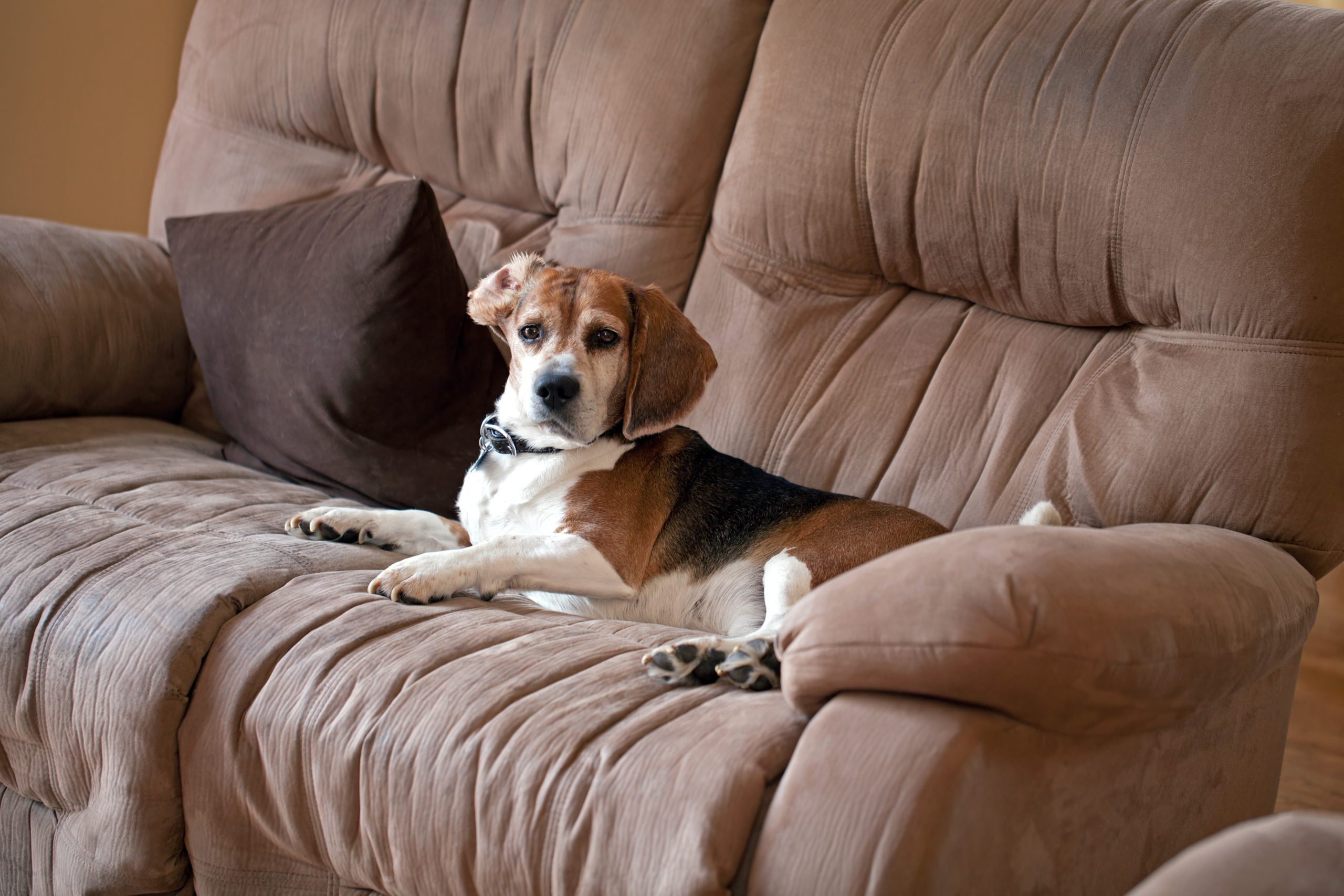Introduction to Puppy Training
When you bring home a new puppy, it can be overwhelming. They’re cute and playful, but they also have a lot of energy that needs to be directed in the right way. That’s where training comes in. Properly training your pup will help them develop good habits and prevent bad ones from forming. In this post, we’ll cover everything you need to know about how to train your puppy, including basic commands, correcting bad behavior, and maintaining good behavior through consistency.
Understanding Your Puppy’s Behavior
Before you start training your puppy, it’s essential to understand their behavior. Puppies are like babies – they don’t know any better than to chew on furniture or jump on people. It’s up to us as pet owners to teach them what is acceptable and what isn’t. Understanding why your puppy behaves the way they do will make it easier for you to correct those behaviors. For example, if your puppy is chewing on things, it could be because they’re teething and need something to gnaw on. Providing them with appropriate chew toys can help alleviate this problem.

Teaching Basic Commands
One of the first things you should teach your puppy is basic commands such as “sit,” “stay,” and “come.” These commands form the foundation of obedience training and will help establish who’s in charge (that would be you!). To teach these commands, use positive reinforcement techniques such as praise and treats when your puppy does something right. Consistency is key here; always use the same words and hand signals when giving commands.
Correcting Bad Habits
Even with proper training, your puppy may still exhibit some unwanted behaviors. Chewing on furniture, jumping on people, and barking excessively are common problems among puppies. The key to correcting these bad habits is to catch them early and address them immediately. For instance, if your puppy starts to chew on furniture, say “no” firmly and give them an appropriate chew toy instead. If they continue to misbehave, remove them from the situation until they calm down.
Maintaining Good Behavior Through Consistency
Consistency is critical when it comes to dog training. You must be consistent in your approach, tone of voice, and body language. Always reward good behavior and correct bad behavior promptly. Additionally, set boundaries for your puppy by defining areas they can and cannot go into, such as certain rooms or furniture pieces. By being consistent and setting clear expectations, your puppy will learn what is expected of them and behave accordingly.
Conclusion
Training your puppy takes time and effort, but it’s well worth it in the end. A well-trained dog is a joy to live with and brings happiness to everyone around them. Remember to be patient, kind, and consistent throughout the process, and before long, you’ll have a loyal companion who follows your every command.